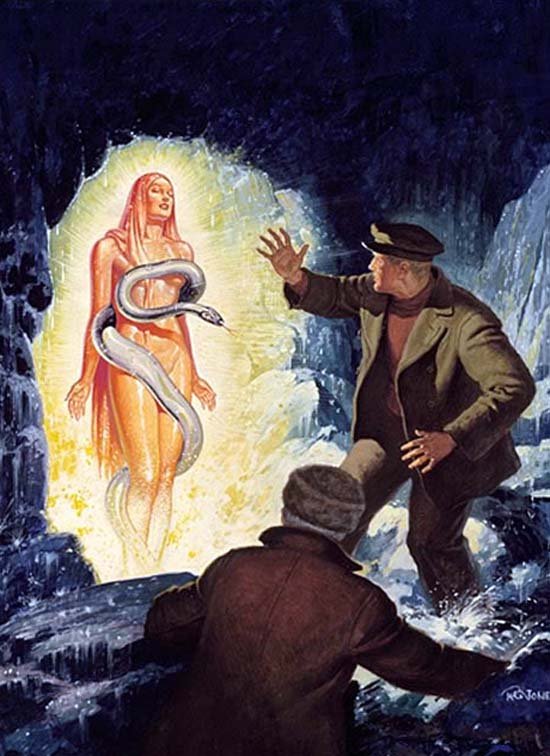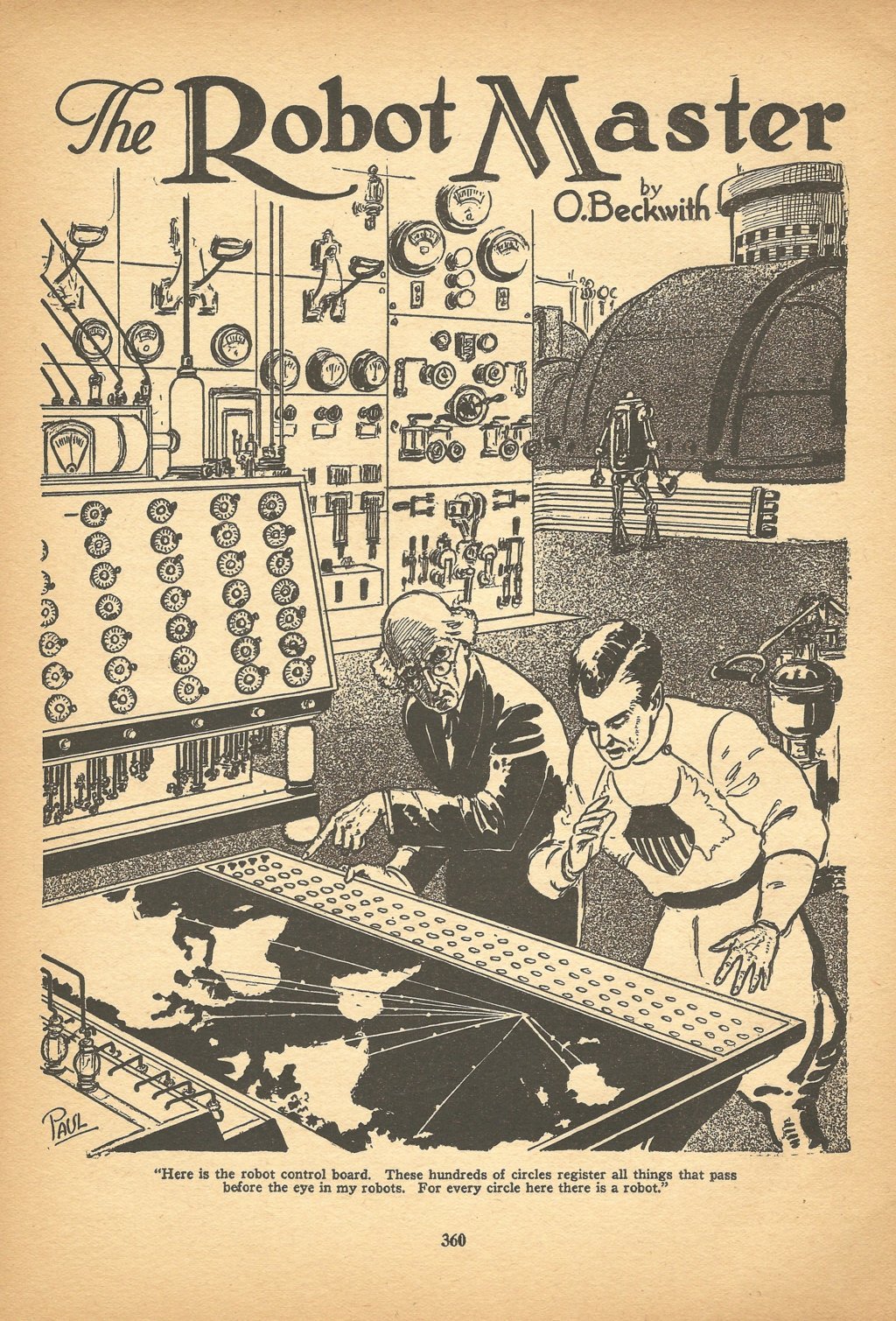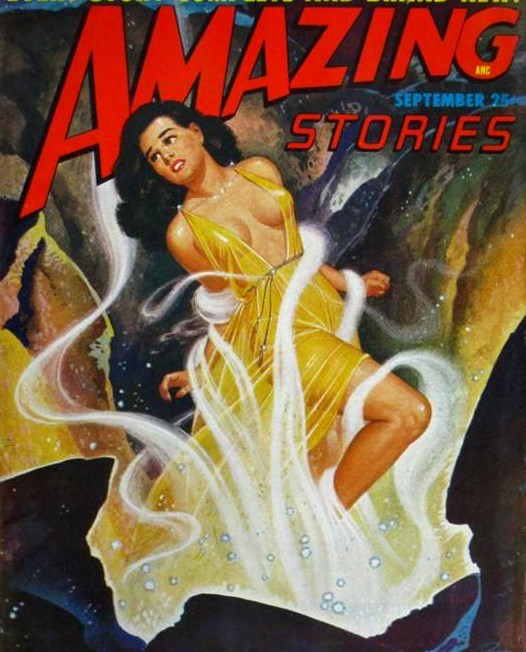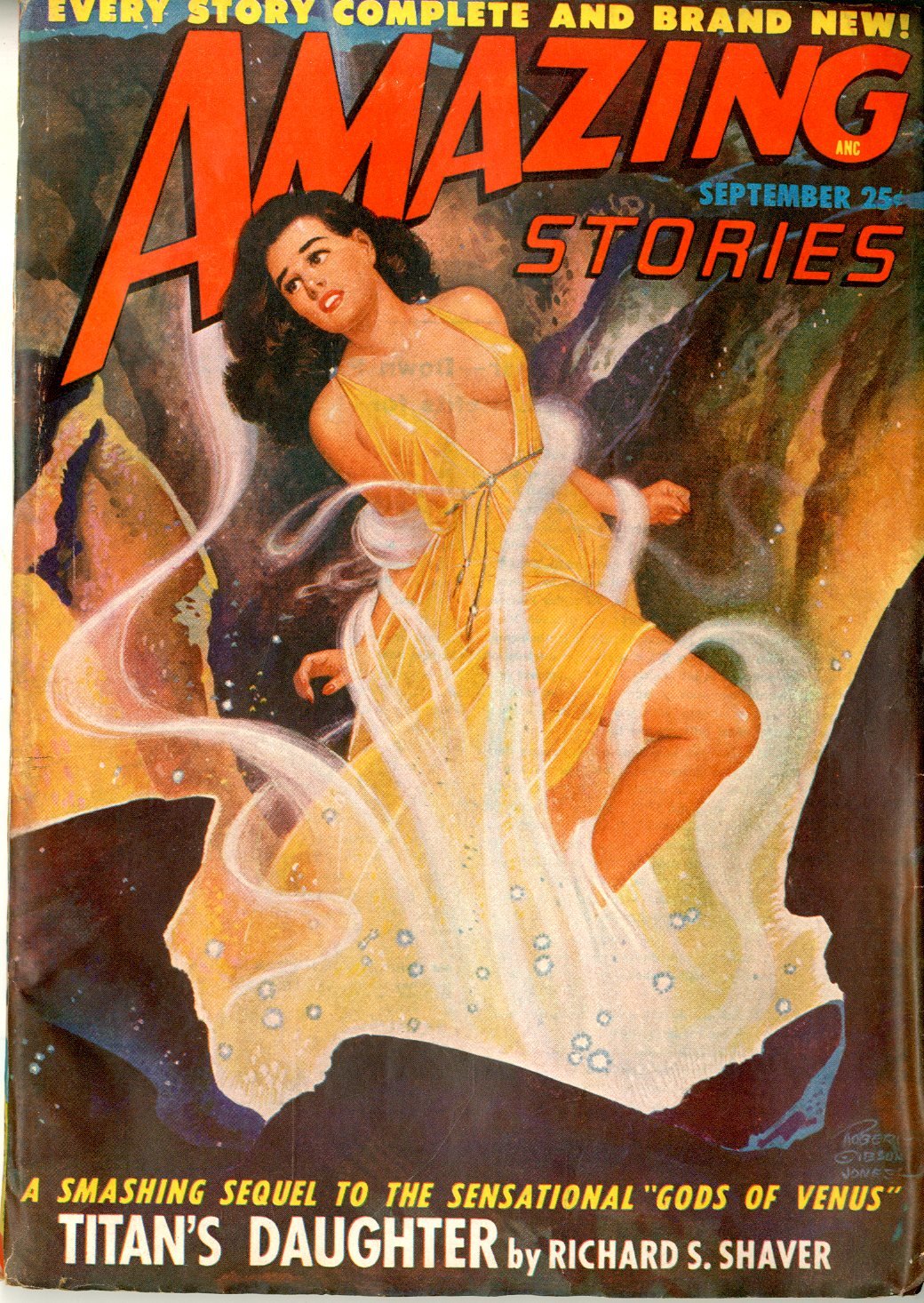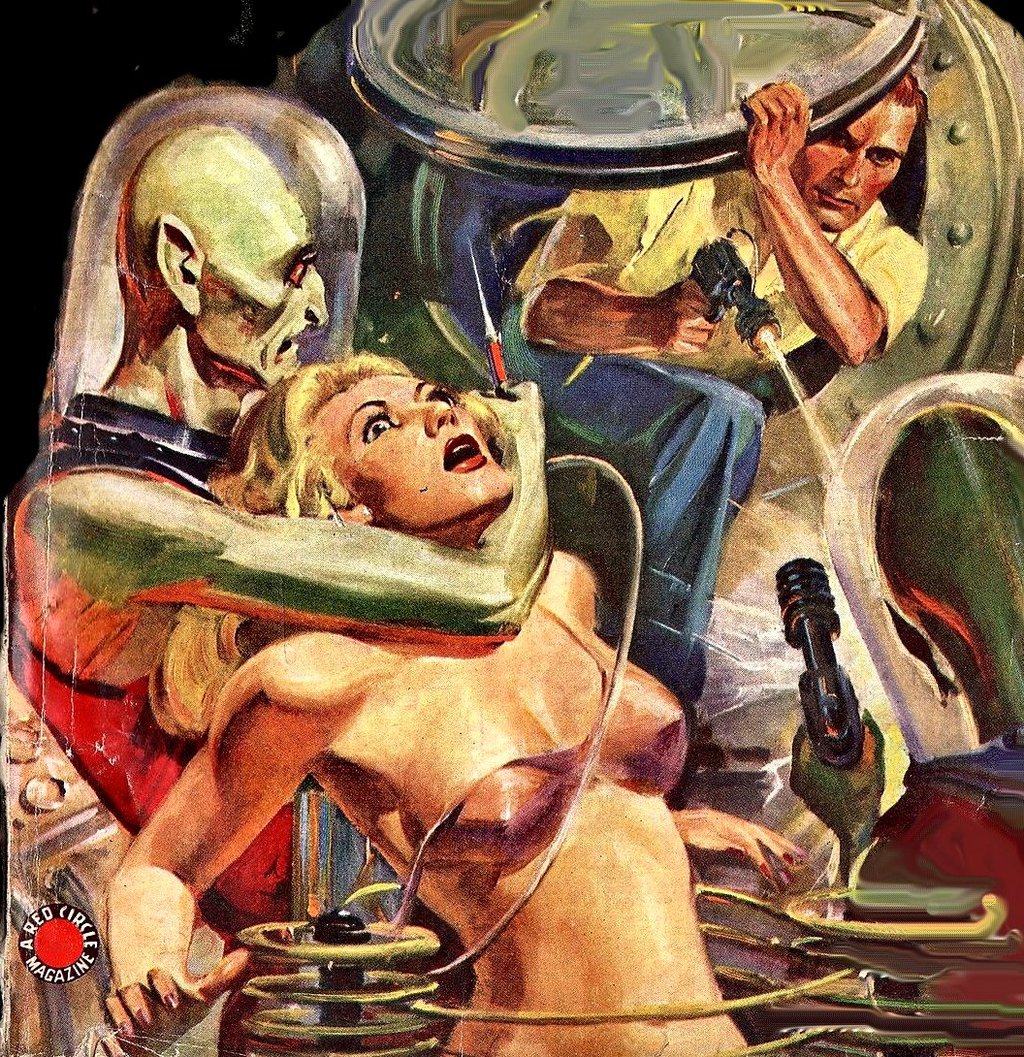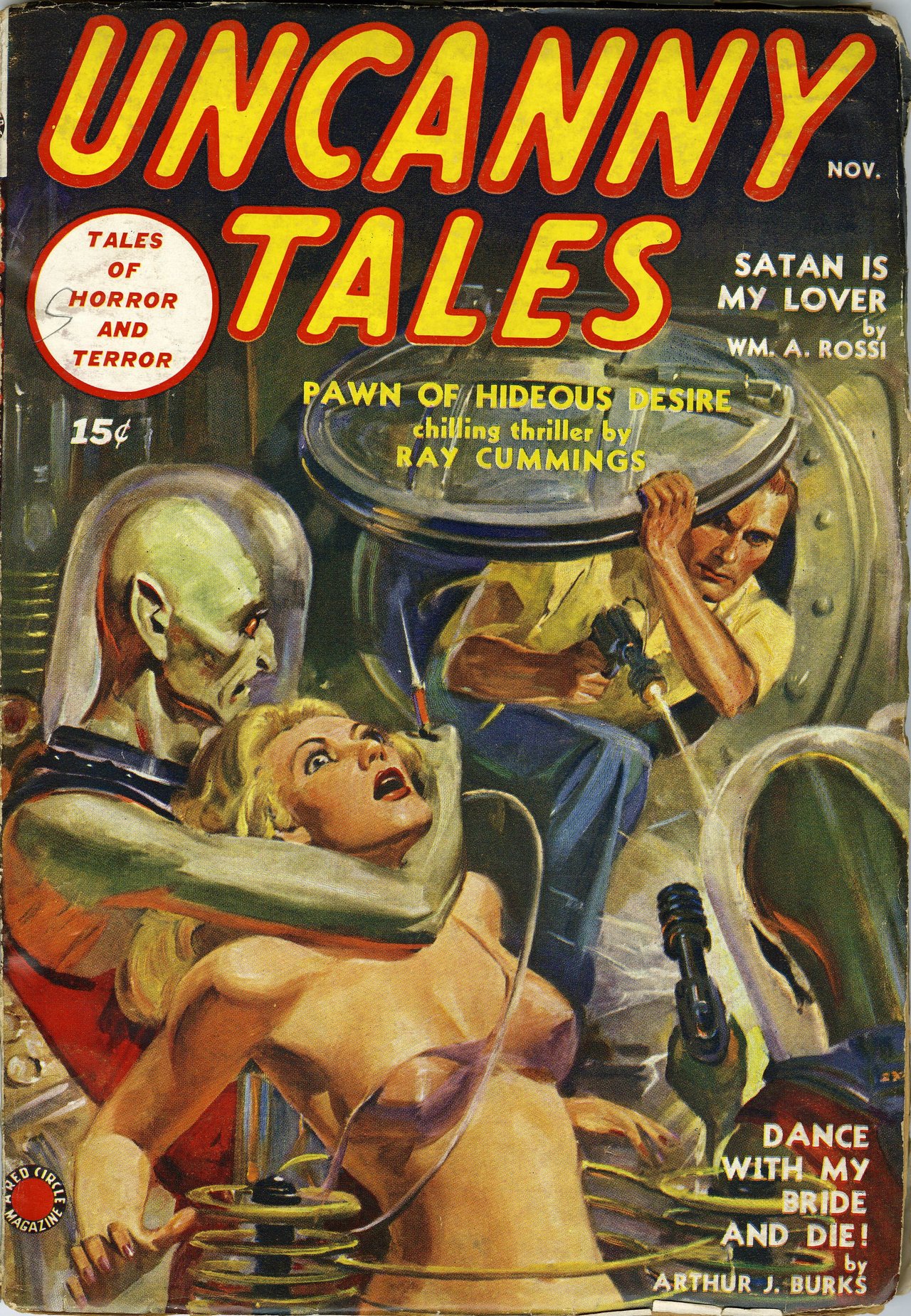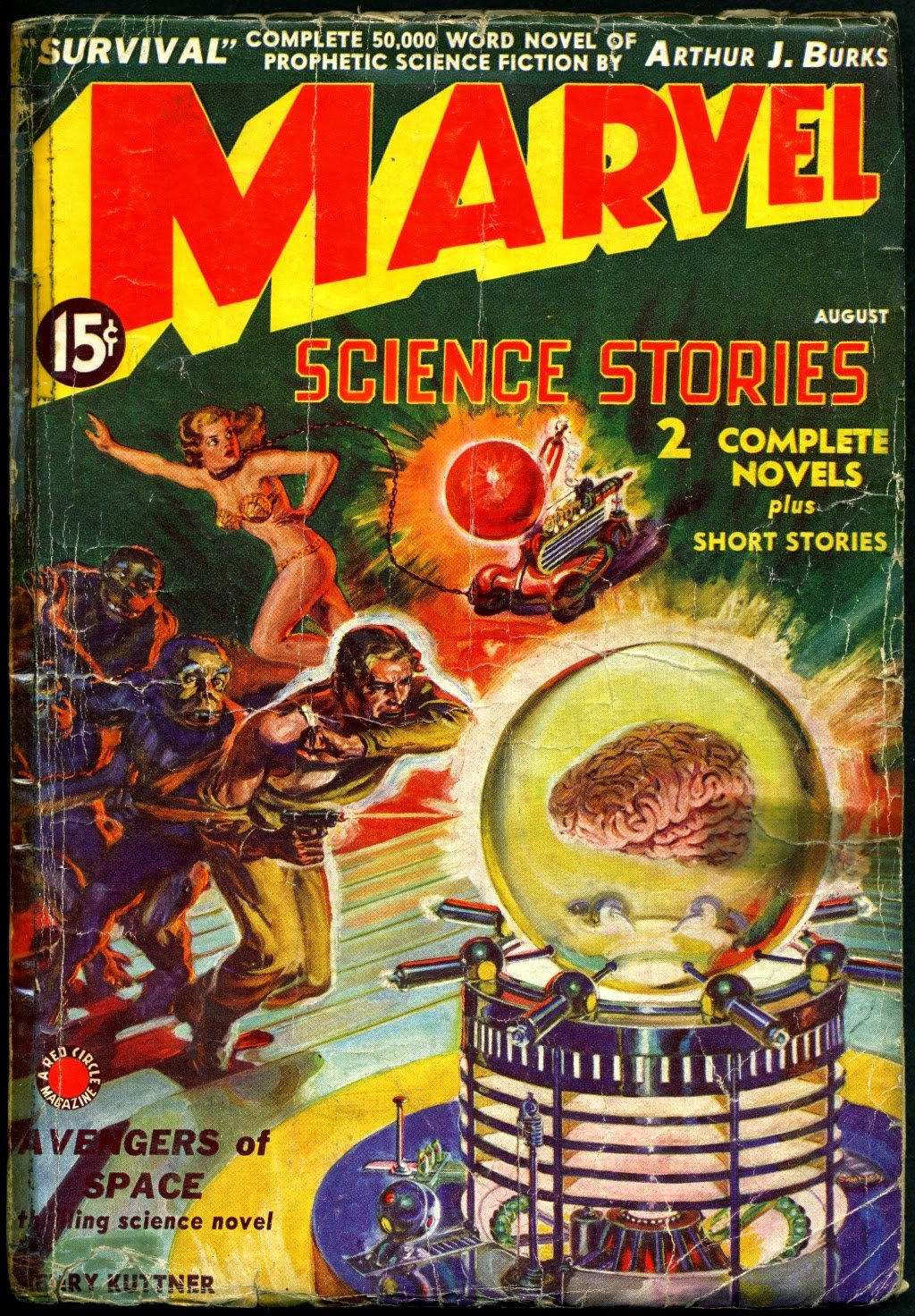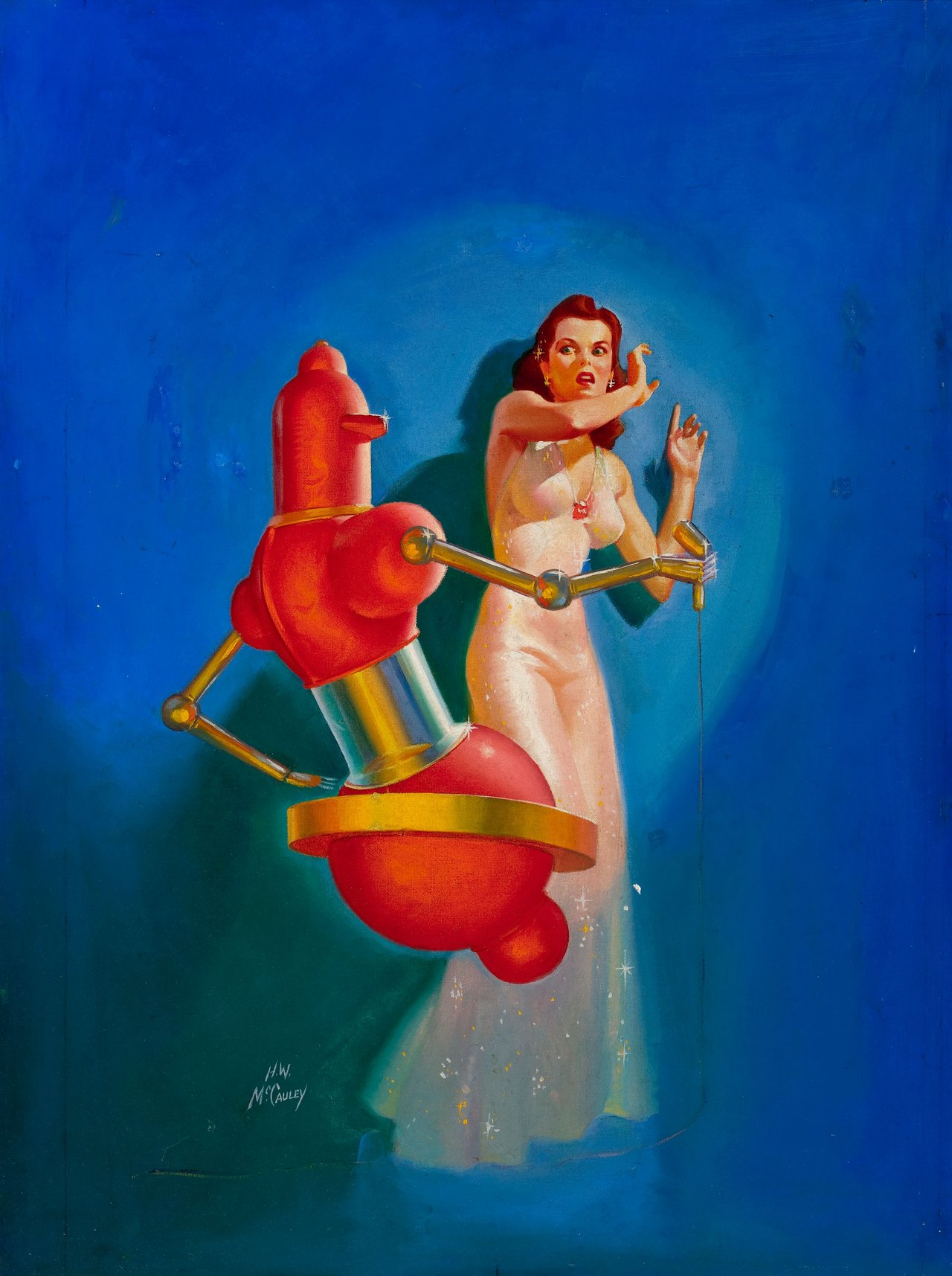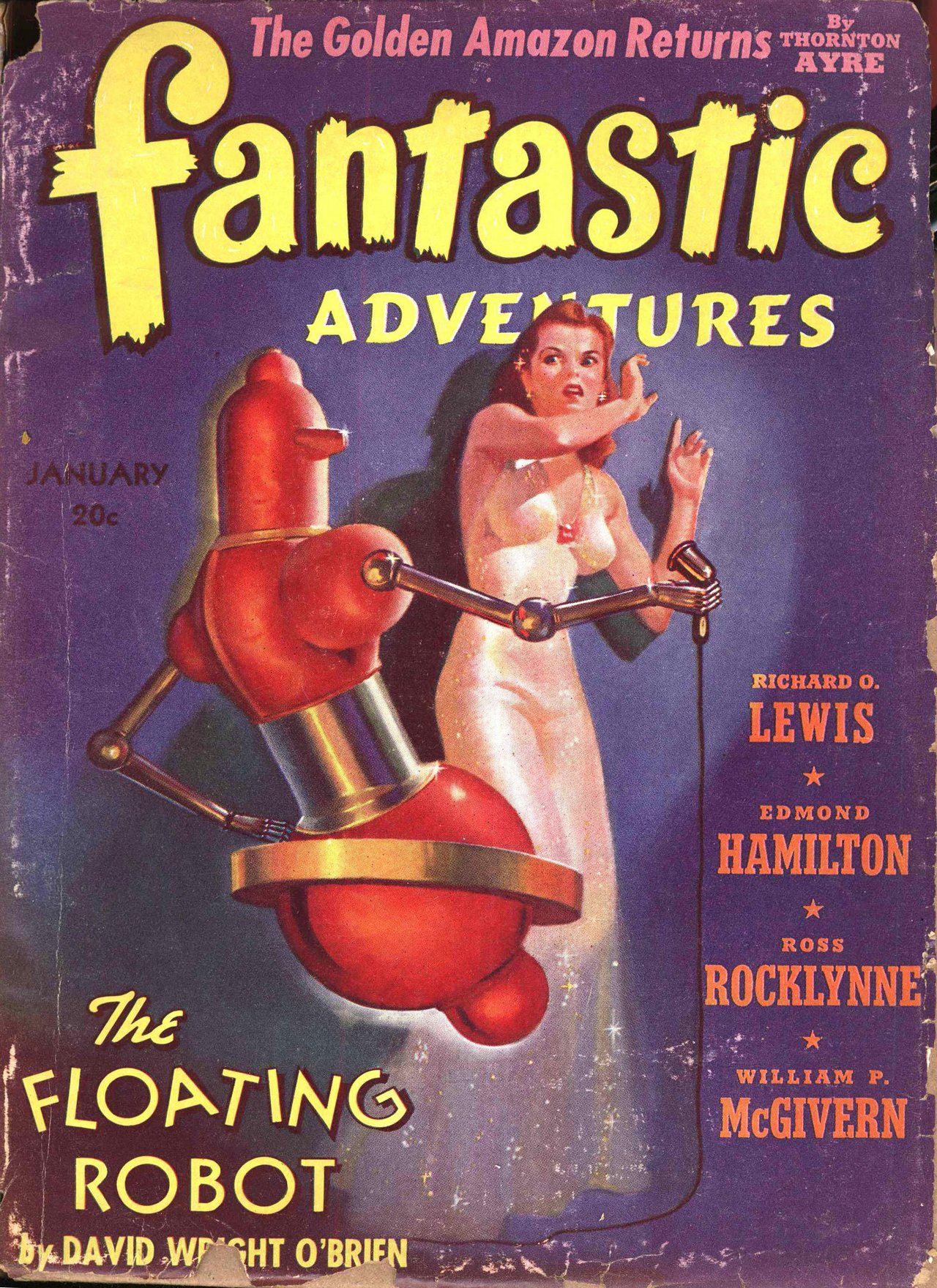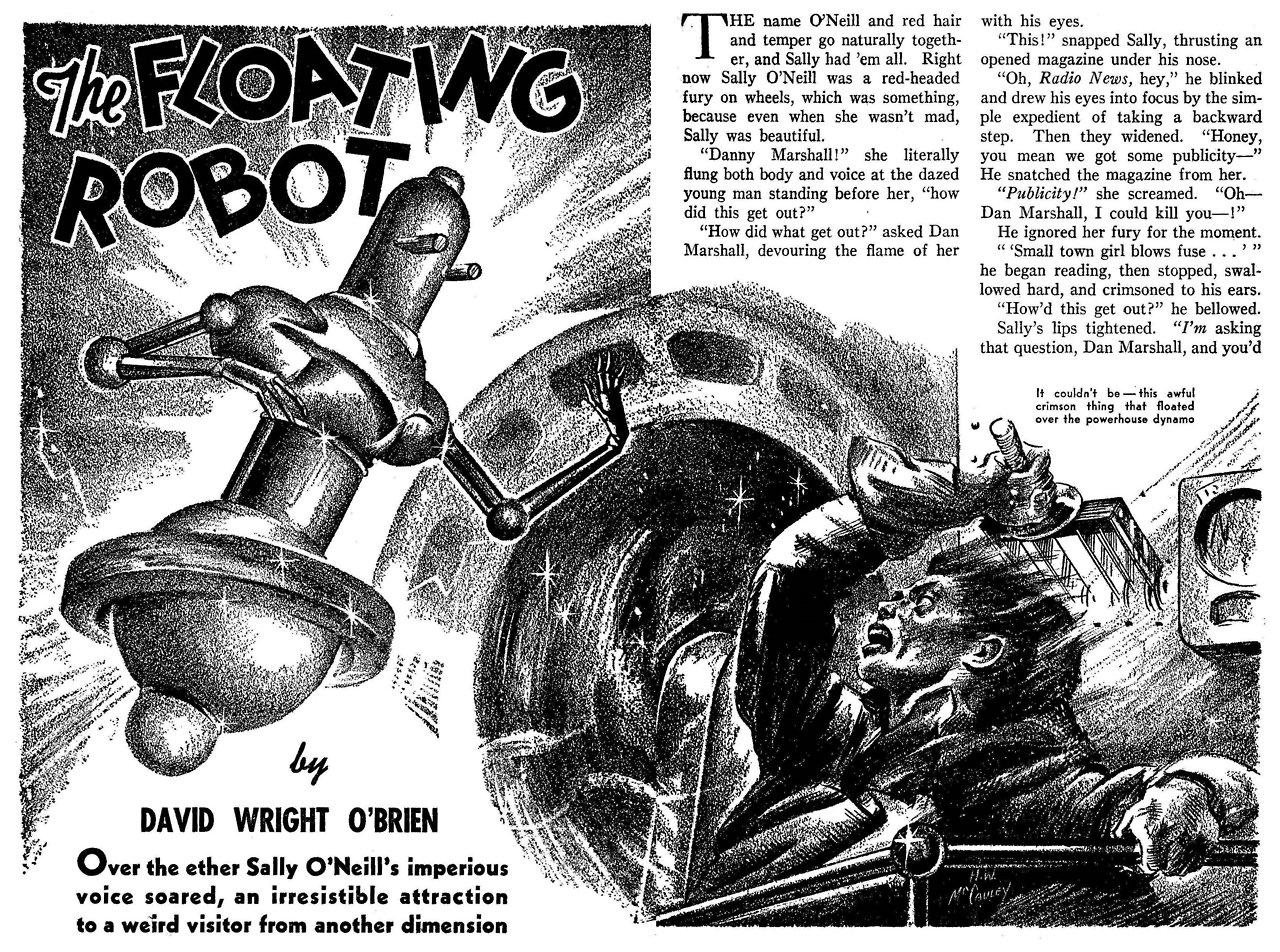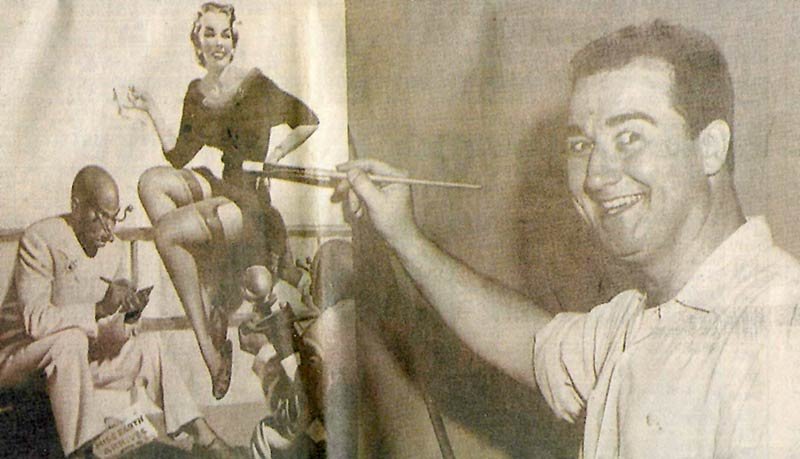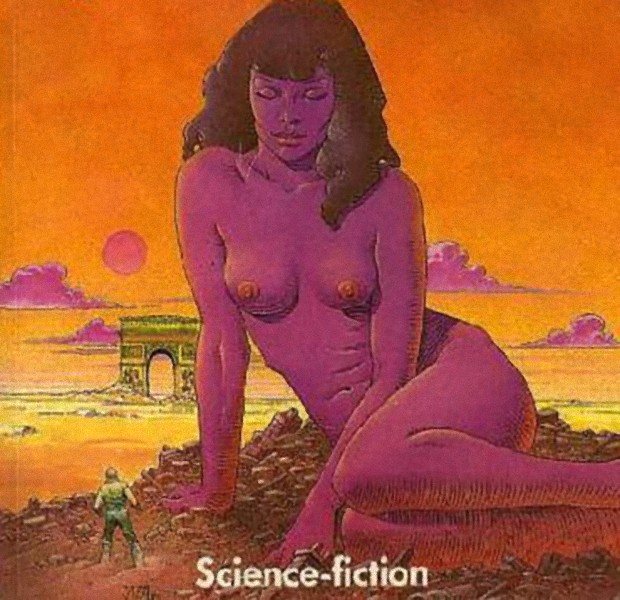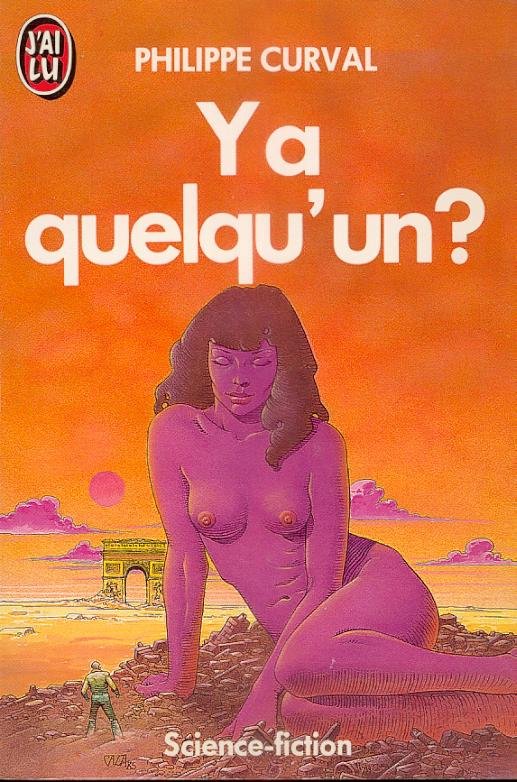
My original tumblr post was here. This image was researched by Bacchus at ErosBlog as part of the “Δ commission.” The research was originally published at Hedonix as “Δ 064 – Killer Radio.” Here is what Bacchus found.
This artwork is from the back cover of a Big Little Book (#1151) by Dick Adair published in 1938 by Saalfield Publishing Company (which in its day was, according to Wikipedia, “one of the largest publishers of children’s materials in the world”). Here are some smaller but more complete images of the cover boards, which display the same artwork front and back:
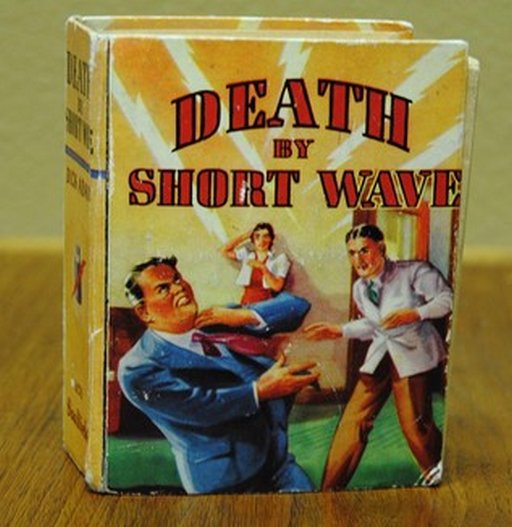

A BLB catalog here identifies the cover artist as J. R. White:
DEATH BY SHORT WAVE Jumbo Book®; 1938. Hard cover, sewn binding. Standard size: 3 5/8″ x 4 1/2″ x 1 1/2″; 400 pages. Author: Dick Adair. Artist: J. R. White.
The full title according to various used book databases and catalogs appears to have been “Death By Short Wave: A G-Man Story.” There seems not to be much information available on the web about artist J. R. White, although the name appears frequently as an illustrator of other children’s titles in the format that came to be known as Big Little Books. For instance, this page lists White as the illustrator of Tom Swift And His Magnetic Silencer, a 1941 Better Little Book published by Whitman.


